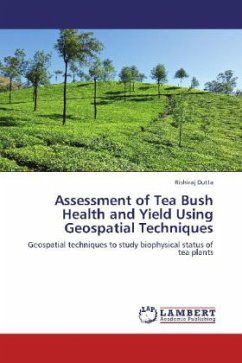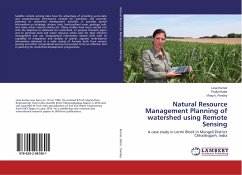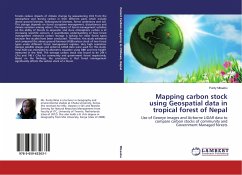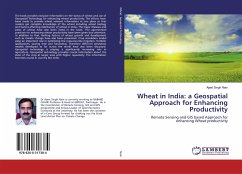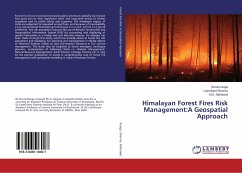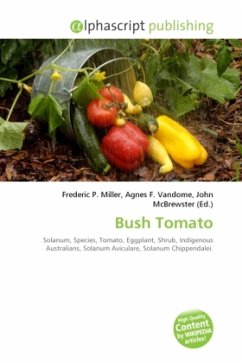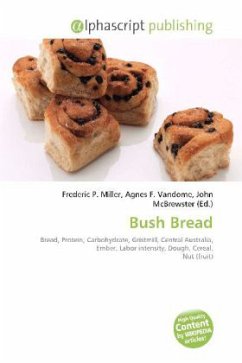In this study, an attempt has been made to assess the tea bush health using texture and tonal variations from remotely sensed images. The Grey Level Co-occurrence Matrix (GLCM) technique was applied to categorize the tea patches into healthy, moderately healthy and diseased tea. The diseased patches were delineated using both texture and the classified images. The percentage of healthy, moderately healthy and diseased tea was derived. The results were finally compared with the ground Leaf Area Index (LAI) and the yield. Thus the texture analysis and tonal variations attempted here could play an important role in identifying and detecting disease patches in tea plantations. Further to test whether MODIS derived NDVI is related to LAI, an empirical equation was established which shows that LAI in tea had significant and linear relationship with NDVI. It was found that NDVI observation at different time period alone could not explain much variance in tea leaf yield. Therefore the statistical model for tea yield does not seem to be encouraging.
Bitte wählen Sie Ihr Anliegen aus.
Rechnungen
Retourenschein anfordern
Bestellstatus
Storno

